1. The notorious serial killer Ed Kemper is known to have murdered and mutilated at least 10 people — his grandparents, his mother, his mother's best friend, and six young women who attended college in Santa Cruz, California. Two things that set Kemper apart from other serial killers are his size (he's 6 feet 9 inches, or 205.7 centimeters) and his intellect (he allegedly has an IQ of 145). The latter allowed him to be extremely cunning and manipulative. He even befriended a group of police officers at a local bar during his killing spree — they'd affectionally refer to him as "big Ed" — and when Kemper finally decided to turn himself in for the murders, they thought he was joking.

2. The wreck of the Titanic is rapidly disappearing, and researchers believe that in about 20 to 30 years, it'll be gone entirely. The culprit? In 2010, a closer analysis of some earlier-collected samples turned up a brand-new species of rust-eating bacteria, aptly named Halomonas titanicae, and it's making a feast of the iconic ship. In 2019, the wreckage was visited for the first time in 14 years, and lo and behold, many portions of the ship that were once intact — like the officers' quarters — had collapsed entirely.
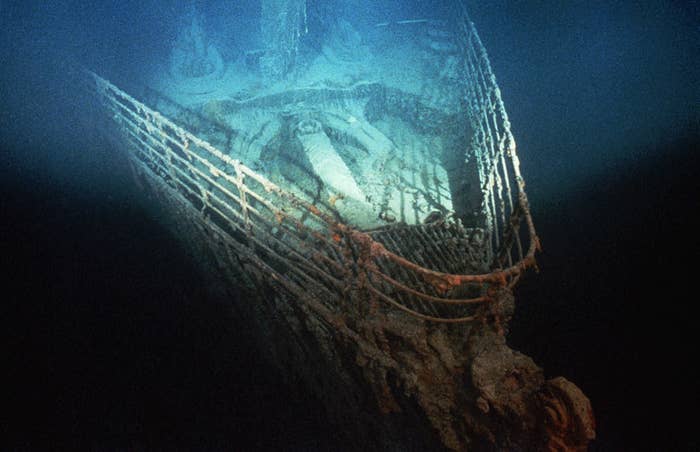
3. On March 18, 1937, a natural gas leak in the basement of the Consolidated School in New London, Texas, ignited an explosion so large that it was felt as far as 35 miles away. The school was completely leveled, and the blast killed almost 300 students and faculty — for context, New London only had a population of 1,200 people at the time. This catastrophe was so great that world leaders from all over wired their condolences to President Franklin D. Roosevelt. Even Adolf Hitler passed on "the German people’s sincere sympathy."

4. And this is William Estel Benson. He was a Consolidated School student at the time, and 24 years after the tragedy, he confessed to unscrewing the gas pipes underneath the school because, according to him, the principal busted him for smoking and he wanted to run up their gas bill. He allegedly knew details about the pipes that were never released to the public. He also admitted to living with guilt for all those years, in part because his sister died in the explosion. Not long after he made these claims, Benson hired a lawyer and then recanted his confession, saying, “I just wanted to play the big shot.” Eventually the case was closed, and he was never tried for sabotaging the pipes.

5. A recent study found that couples who sleep in the same bed are more well rested than people who sleep alone. The study looked at both married couples who co-sleep and unmarried people who don't, and concluded that the married couples experience much longer REM sleep than the unmarried people. Potential reasons for this? Shared body heat creates a consistent and reliable source of warmth. It could also have to do with the comfort and security that comes with having a loved one so close.

6. Muntazer al-Zaidi is an Iraqi journalist who made headlines in 2008 when he threw his shoes at then–US president George W. Bush. Less than a year later, in the Iraqi city of Tikrit, a monument was erected to honor al-Zaidi, and fittingly, it's a big shoe.

7. You have a 1 in 100 million chance of ever finding an albino lobster, making it far and away the rarest lobster in existence — much rarer than blue lobsters (1 in 2 million), yellow lobsters (1 in 30 million), and even split-colored lobsters (1 in 50 million). Despite these long odds, not one, but two albino lobsters were caught in a single week off the coast of Maine in 2014. One was sent to the Maine State Aquarium, and the other to a marine supply store with a large tank that displays local wildlife.
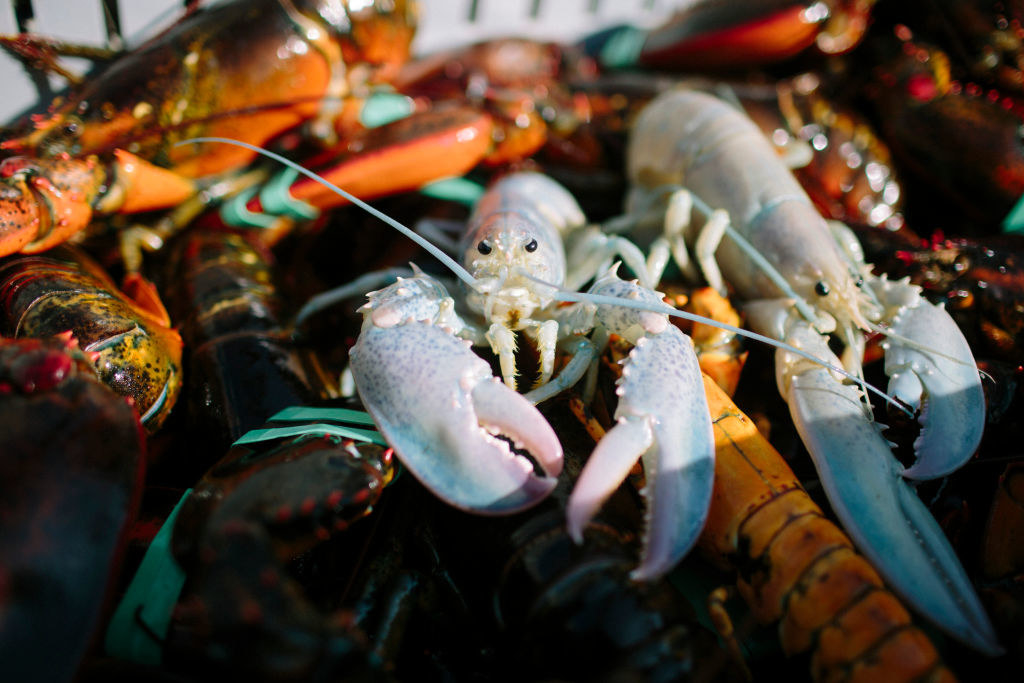
8. Roughly 15 million years ago, an asteroid struck in what is now Southern Germany, leaving behind a massive, 9-mile-wide crater. The impact also left behind plenty of suevite, which is a rock embedded with tiny fragments of crystals, glass, and even diamond. That same rock was used to build Nördlingen, the town that now sits in that crater, which means all of the original architecture in Nördlingen contains "millions of microscopic diamonds."

9. This is the giant golden-crowned flying fox, and it's one of the biggest bat species in existence. Only found in the Philippines, these large fruits bats are extremely rare — and they're only getting rarer as a result of deforestation and poaching. They're currently listed as critically endangered on the IUCN (International Union for Conservation of Nature) Red List of Threatened Species.

10. For much of World War II, no one really knew what the Nazis were up to in the small Polish town of Oświęcim — known to the Germans as Auschwitz. Witold Pilecki, a Polish army captain and a freedom fighter for the Polish resistance, was determined to find out. In September 1940, Pilecki allowed himself to be captured in Warsaw, arriving at Auschwitz not long after. He spent the next three years there collecting intel and sending messages to his superiors via prisoners he helped escape — all while doing hard labor on starvation rations. Thanks to Pilecki's efforts, the Allied forces learned early on what was truly taking place within the death camp's walls (though they sadly — and controversially — never took steps to hinder its supply lines). Then, in 1943, as willingly as he entered the camp, Pilecki left, escaping during the night with a group of inmates.

11. This is the wreck of the HMHS Britannic, which, along with the Olympic, was a sister ship of the Titanic. When World War I broke out, the Britannic was converted into a hospital ship. At full capacity, it could transport over 3,000 wounded soldiers. In 1916, a great and sudden explosion occurred at the bow of the ship — to this day, it's debated whether it was caused by a mine or a torpedo, but the consensus seems to be that it was a mine. The majority of the ship's passengers and crew survived, but one particularly grisly detail is that two lifeboats filled with passengers launched prematurely and without permission, and they were subsequently sucked into the spinning propellers and broken to bits.
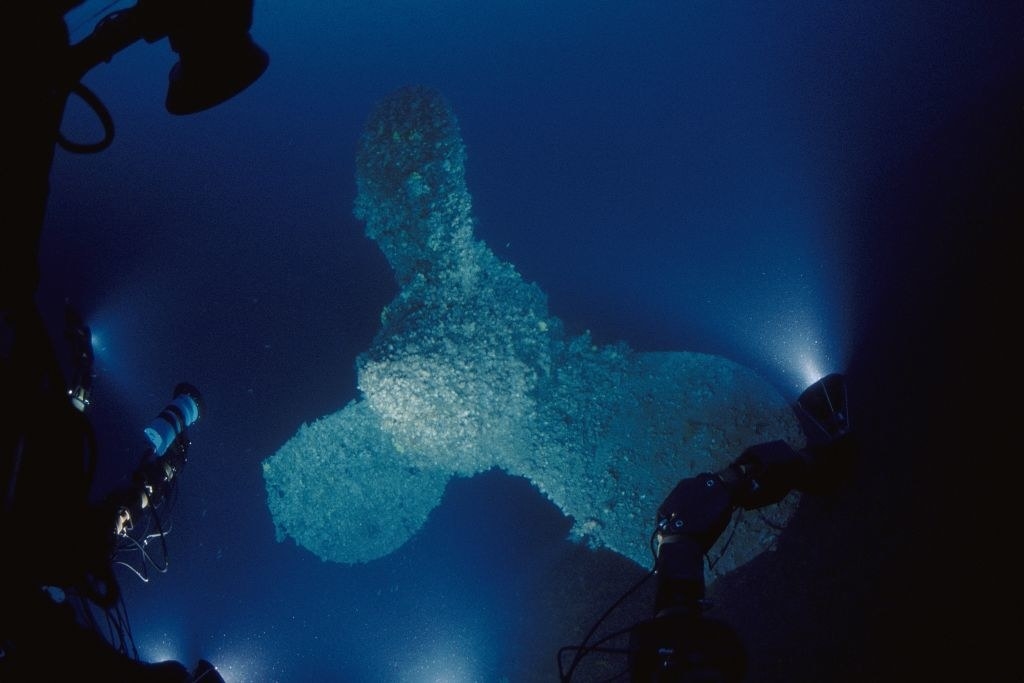
12. Erratic weather brought on by climate change is destroying 40,000-year-old cave art in Indonesia, the oldest such art ever discovered. It contains hand stencils (pictured below), animals, and a hunting scene that researchers believe is the first narrative ever recorded by humans.
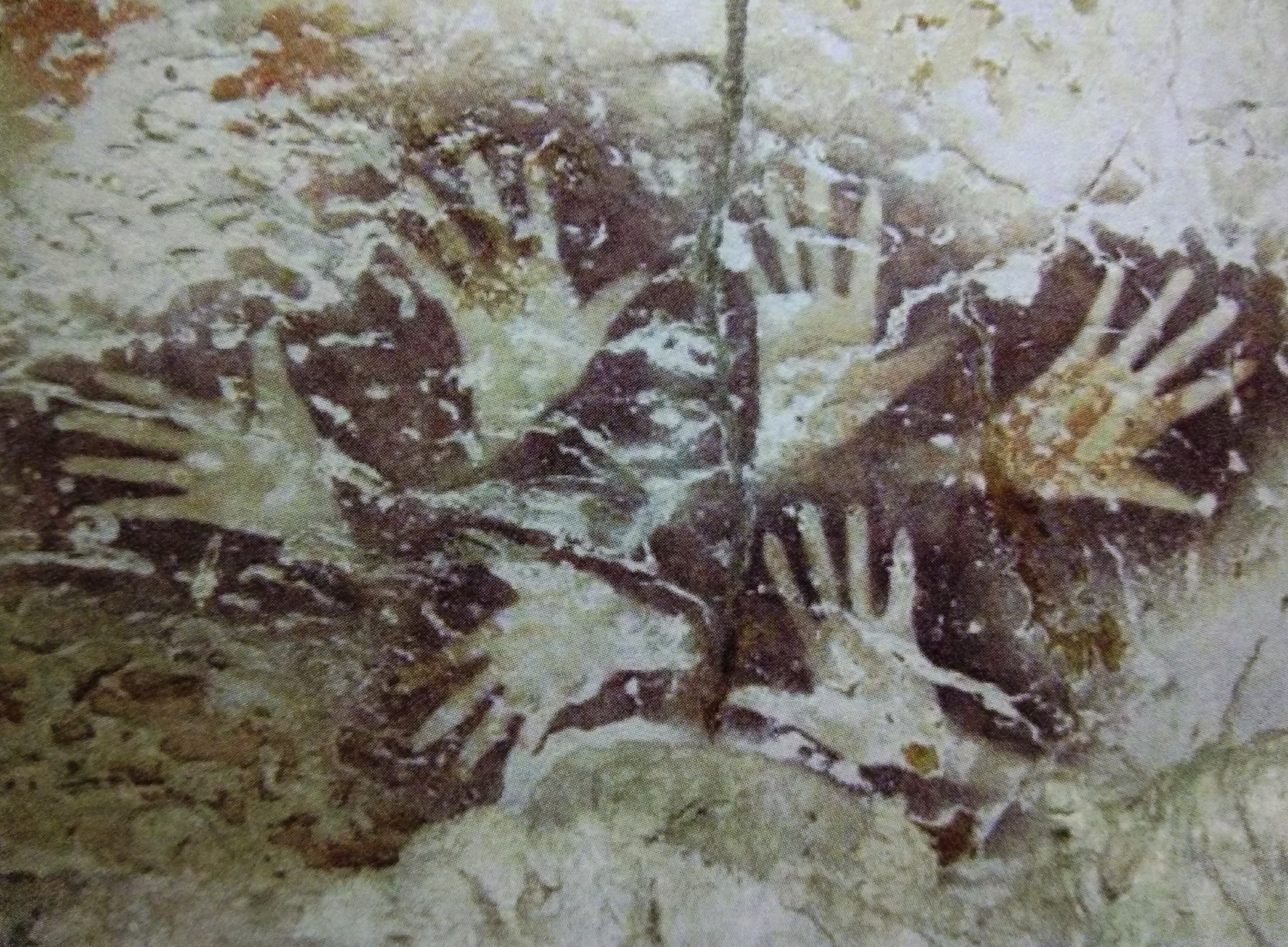
13. Bessie Coleman was the first Black woman, and the first Native American woman, in the United States to earn a pilot's license — but she didn't earn it in the United States. Racism and sexism were barriers that were preventing her from achieving her dreams, so she taught herself French and, in fall 1920, headed to France to pursue the opportunities that she was denied in her own country. In late spring of the following year, she earned an international pilot's license, which meant that she was licensed to fly anywhere in the world, including the United States.

14. In 2012, the long-lost remains of Richard III were found underneath a parking lot in Leicester, England. Over 500 years earlier, he became the last king of England to die in battle and was subsequently buried in an unmarked grave. Shakespeare was unforgiving in his depictions of Richard III, inaccurately describing him as "hunchbacked" and having "a limp and a withered arm," and portraying him as a ruthless, murderous villain. While he did have a somewhat severe case of scoliosis, which made his shoulders uneven, there's no historical evidence to support these depictions, and Shakespeare was likely trying to flatter Elizabeth I, whose family supplanted Richard III's family in the English monarchy.
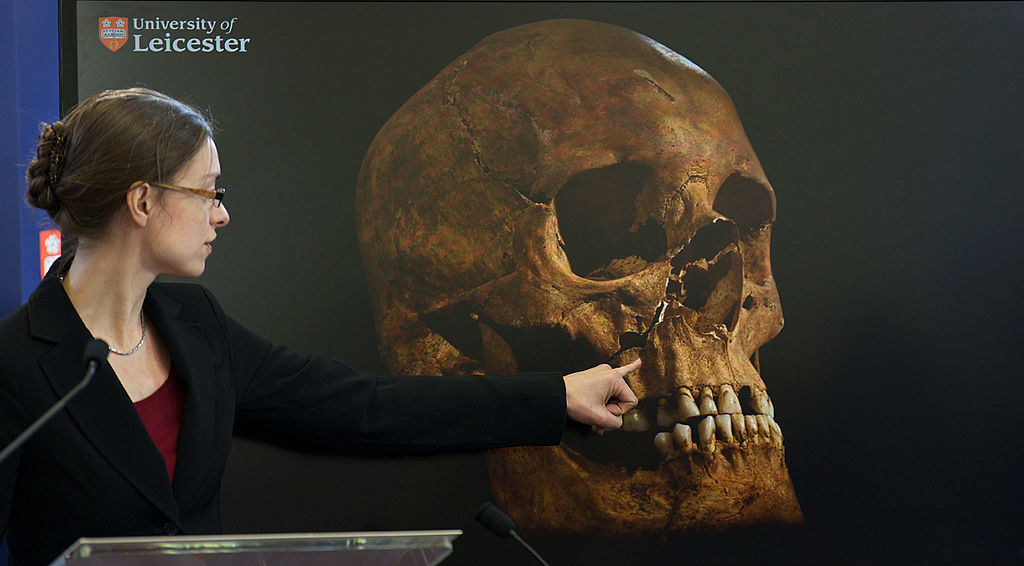
15. This strange little meteorite that was found on Mars is roughly the size of a golf ball. In the past, when a discovery like this was made, scientists back on Earth would be left to guess what the rock was made of. What makes this particular rock special — which they're now calling "egg rock" — is that it's the first rock on Mars to be studied using a laser-firing spectrometer, thanks to the Curiosity rover's ChemCam. This incredible tool determined that egg rock is made of...*drum roll, please*...iron, nickel, and phosphorus. Scientists claim that it may have been sitting on Mars for millions of years.

16. May 18 was the 41st anniversary of the Mount St. Helens eruption in which 57 people died and 135 square miles of forest were completely flattened. Here's what it looked like in 1958, 22 years before it erupted, versus what it looks like today.
17. A photographer named Robert Landsburg was 7 miles away from Mount St. Helens when it blew. As a towering wall of ash sped toward him, he knew there was no way of escaping alive. In his final moments, he snapped a few more shots (pictured below), rewound the film, and lay on top of the camera to protect it. Landsburg, along with the footage he sacrificed his body to save, wouldn't be found for 17 days.

18. And here's an aerial shot of the eruption and its 15-mile-high plume. Scientists believe Mount St. Helens is still a threat, and in 2005 it was deemed the second-most-dangerous volcano in the United States behind the Kīlauea volcano in Hawaii.

19. This piece of amber contains a 99-million-year-old dinosaur tail so perfectly preserved that its soft tissue and bones are still intact, and it's coated in feathers. Though existing fossil records have already pointed to the existence of feathered dinosaurs, this tail is the most concrete evidence ever discovered.
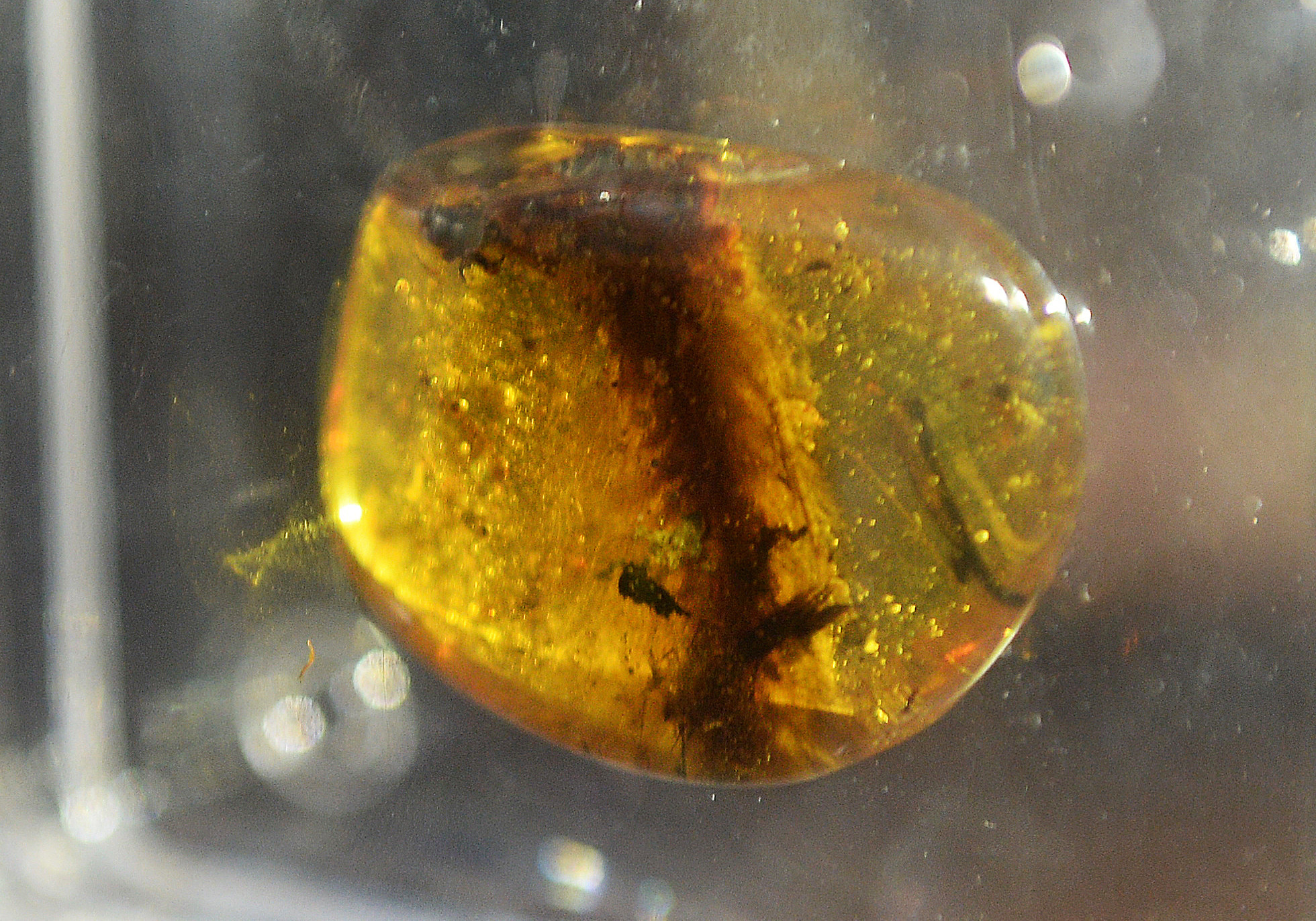
20. Scientists in Costa Rica have devised a plan — planting fake eggs loaded with GPS trackers — to combat the illegal trade of sea turtle eggs and protect the seven endangered sea turtle species that nest in Central America. The hope is that these fake eggs will make their way onto the black market and expose the whole supply chain.

And last but not least, another weird frog fact:
21. This is the glass frog. These little guys are most notable for their translucent underbellies, which allow you to see most of their skeleton and vital organs.
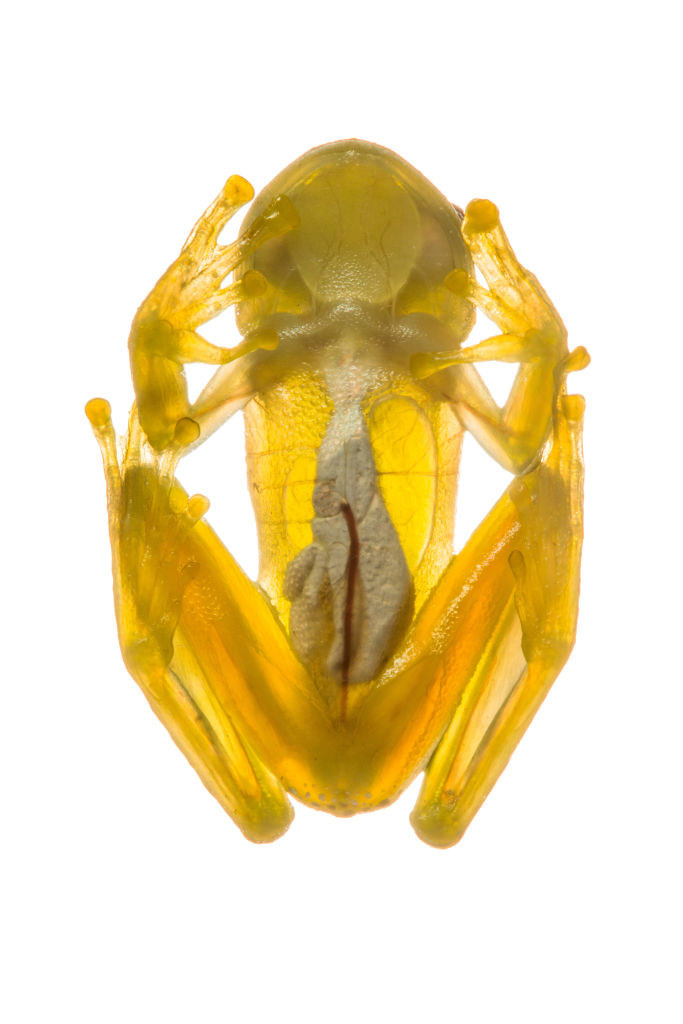
Want to see what I learned last week? Click here to find out. And click HERE to see what I learned in April.
Correction: An earlier version of this article stated that Bessie Coleman was the first Black woman in the United States to earn a pilot's license. While this is indeed true, I failed to mention that she was also the first Native American woman to earn a pilot's license — an accomplishment that shouldn't be overlooked. Thanks to the kind commenter who pointed it out.
Correction: Oops! An earlier version of this article claimed Richard III's remains were found in the exact location where he was killed. This is false; his body was transported to Leicester after the battle and he was buried there. Many thanks to the very gracious commenter who pointed this out.
